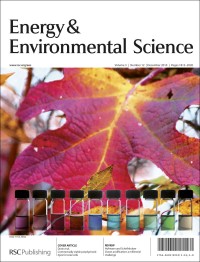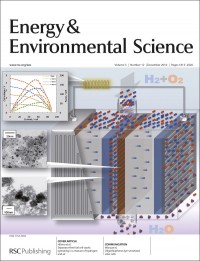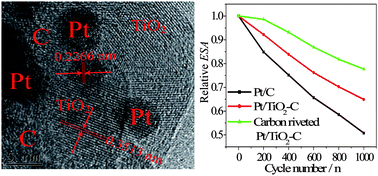Polymer coated nanoparticles could be used to detect unrecovered oil in mature oil fields, say US scientists.
With estimates that only ~60% of oil has been recovered from established oil fields, it seems that there’s an untapped source waiting to be discovered. With this in mind, James Tour and his colleagues from Rice University, Texas, and Nankai University, China, have designed nanoparticles to detect crude oil hydrocarbons in rocks in the fields.
The nanoparticles consist of oxidised carbon cores surrounded by polyvinyl alcohol shells that can transport hydrophobic, or water repellent, compounds called nanoreporters through the rocks. ‘It was truly exciting to see that we could build nanoreporters that will migrate through oil-field stone,’ says Tour. The nanoparticles release their cargo when they come into contact with rocks containing oil, which can be seen when they are recovered.
 ‘We know that there’s a large volume of residual oil down there, but we don’t know exactly where it is,’ says Bob McNeil, fossil fuels specialist from the oil operator sector. ‘If we had that information, we could start to design smart enhanced oil recovery procedures targeting that oil.’
‘We know that there’s a large volume of residual oil down there, but we don’t know exactly where it is,’ says Bob McNeil, fossil fuels specialist from the oil operator sector. ‘If we had that information, we could start to design smart enhanced oil recovery procedures targeting that oil.’
Emma Shiells
Read the full Chemistry World article…
Link to journal article
Engineered nanoparticles for hydrocarbon detection in oil-field rocks
Jacob M. Berlin, Jie Yu, Wei Lu, Erin E. Walsh, Lunliang Zhang, Ping Zhang, Wei Chen, Amy T. Kan, Michael S. Wong, Mason B. Tomson and James M. Tour, Energy Environ. Sci., 2011
DOI: 10.1039/c0ee00237b













 These findings indicate that it is a promising catalyst for proton exchange membrane fuel cells which are under long term operation.
These findings indicate that it is a promising catalyst for proton exchange membrane fuel cells which are under long term operation. ‘We know that there’s a large volume of residual oil down there, but we don’t know exactly where it is,’ says Bob McNeil, fossil fuels specialist from the oil operator sector. ‘If we had that information, we could start to design smart enhanced oil recovery procedures targeting that oil.’
‘We know that there’s a large volume of residual oil down there, but we don’t know exactly where it is,’ says Bob McNeil, fossil fuels specialist from the oil operator sector. ‘If we had that information, we could start to design smart enhanced oil recovery procedures targeting that oil.’ Read these insightful feature articles for free:
Read these insightful feature articles for free: